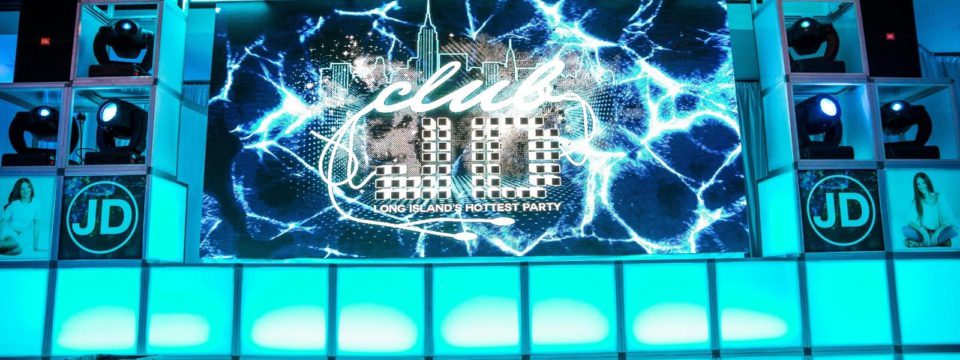Clarifying Light Emitting Diode Wall Screen Illumination Measurements to Optimal Visual Functionality
Clarifying Light Emitting Diode Wall Screen Illumination Measurements to Optimal Visual Functionality
Blog Article
LED panel screens have become more and more popular across various settings, from homes to commercial spaces and public spaces. These panels are recognized due to the vivid as well as dynamic displays, which make them ideal for conveying information, advertisements, and engagement. However, comprehending brightness illumination levels of LED panel screens remains crucial to ensuring optimal visual performance. Brightness is quantified in metrics called nits, which show how much light produced from a screen. The greater number of number in nits, the brighter more luminous the display will be. For instance, example, one screen boasting one thousand nits stands considerably more vivid compared to one featuring 500 nits, making it more suitable in well-lit settings.
When choosing a Light Emitting Diode panel screen, it is important in take into account the environment in which it will be used. In well-lit illumined areas, such as shopping malls or outdoor locations, a increased luminosity rate becomes necessary for ensure visibility. Conversely, within dimmer environments, such as theaters or meeting spaces, a diminished illumination rate might be adequate. This is because excessive bright excessive brightness within a dark environment can lead in viewer discomfort among the audience, causing them more difficult to focus on the display. Thus, comprehending specific particular needs of an setup site will aid in choosing the right brightness level for optimal visual experience.
A further crucial factor to consider is the differential ratio of the LED wall panel. The contrast ratio measures how much difference exists between the brightest most luminous light versus the darkest black shade which a screen is able to create. An greater differential ratio means that the display can show greater detail and richness, thereby improves overall image quality. For instance, a panel with a contrast ratio at ten thousand to one is able to show visuals featuring greater vivid colors and sharper details compared to one with a proportion at 1,000:1. This becomes especially crucial in instances where showing visuals and videos that require high definition as well as fine details, including slideshows or promotional content.
Moreover, the mechanism behind LED wall screens plays a crucial part in their illumination as well as overall performance. Different types of Light Emitting Diode methods, including Organic Light Emitting Diode and LCD, have distinct traits which impact the way luminosity is experienced. OLED screens often provide better contrast and darker shades, thereby may improve the viewing experience in darker settings. Conversely, standard LED panels might prove to be better for well-lit spaces because of the ability to generate greater levels of brightness. Understanding such tech-related variances will guide users to deciding on knowledgeable decisions according to specific specific needs.
In conclusion, consistent care and calibration for Light Emitting Diode wall panels may assist maintain optimal illumination as well as efficacy over time. Dust and dirt may build up on the surface, impacting its brightness as well as clarity of the visual. Regular cleaning as well as expert calibration may guarantee that the screen functions at top optimal, providing consistent visual quality. Additionally, certain sophisticated Light Emitting Diode panel panels feature useful reference built-in built-in options which allow operators to modify illumination levels as well as hue settings based on individual preferences. Through taking these measures, operators can find more info ensure that LED LED wall screens deliver the best visual performance, no matter where environment in that they are placed.